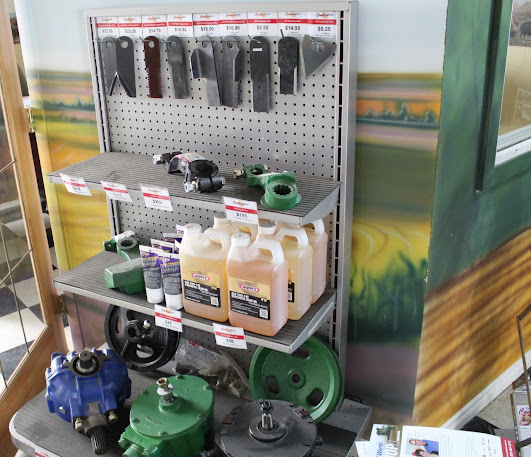Adapting Combine Technology to Changing Climate Patterns: Harvesting in a Warming World
Climate change is causing significant disruptions in agriculture worldwide. Changing climate patterns are affecting everything from crop growth to the timing and methods of harvesting. Farmers face the challenge of adapting to shorter growing seasons, erratic weather events, and the increasing uncertainty that comes with a warming planet. However, technology has risen to the occasion, and combine technology is playing a pivotal role in addressing these challenges. In this article, we will explore how changing climate patterns are impacting harvesting and how combine technology is being adapted to mitigate the consequences of these changes.
The Impact of Changing Climate Patterns on Harvesting
Shorter Growing Seasons:
One of the most significant consequences of changing climate patterns is the reduction in the length of growing seasons. Rising temperatures and unpredictable weather can shorten the time available for crops to mature. For farmers, this means that they need to accelerate the harvesting process.
Erratic Weather Events:
Unpredictable weather events, such as sudden storms, heavy rainfall, or extended droughts, have become more common. These events can severely disrupt harvest schedules, causing crop damage or loss and increased labor costs.
Combine Technology's Response to Climate Change Challenges
Combine technology has been evolving to help farmers adapt to the challenges posed by changing climate patterns. Here are some of the ways in which combines are being adapted:
Advanced Data and Forecasting:
Modern combines are equipped with advanced weather monitoring and data analytics systems. These tools allow farmers to access real-time weather forecasts and historical climate data, enabling them to make informed decisions about when to start harvesting and how to protect their crops from unexpected weather events.
Precision Agriculture:
Combine technology is increasingly integrated with precision agriculture techniques. GPS-guided systems help optimize harvesting routes, reduce fuel consumption, and minimize soil compaction. This precision can significantly improve the efficiency of the harvesting process, helping farmers make the most of shorter growing seasons.
Autonomous Harvesting:
The development of autonomous combine technology is on the horizon. Autonomous combines can operate around the clock, taking advantage of small windows of opportunity during unpredictable weather conditions. This technology can help alleviate labor shortages and increase overall productivity.
Crop Monitoring and Management:
Combine technology is now equipped with advanced sensors that can monitor crop health and yield in real-time. This data allows farmers to make on-the-fly adjustments to harvesting schedules and methods, ensuring that they harvest crops at their peak quality and quantity.
Adaptability and Flexibility:
Modern combines are designed to handle a wide range of crops and conditions. With adjustable settings and configurations, farmers can quickly adapt their equipment to suit changing circumstances. This flexibility is crucial when dealing with a more unpredictable climate.
Conclusion
As our climate continues to change, farmers must adapt to the shifting patterns and increased uncertainty. Combine technology is playing a vital role in helping farmers meet these challenges head-on. Through advanced data analytics, precision agriculture techniques, autonomous technology, and adaptable designs, combines are becoming powerful tools for mitigating the impact of climate change on harvesting.
While there is no doubt that climate change presents significant challenges, the combination of smart farming practices and innovative technology offers hope for a more resilient and sustainable future for agriculture. By continuing to invest in combine technology and promoting sustainable farming practices, we can work toward ensuring a stable food supply in a changing world.





Comments
Post a Comment